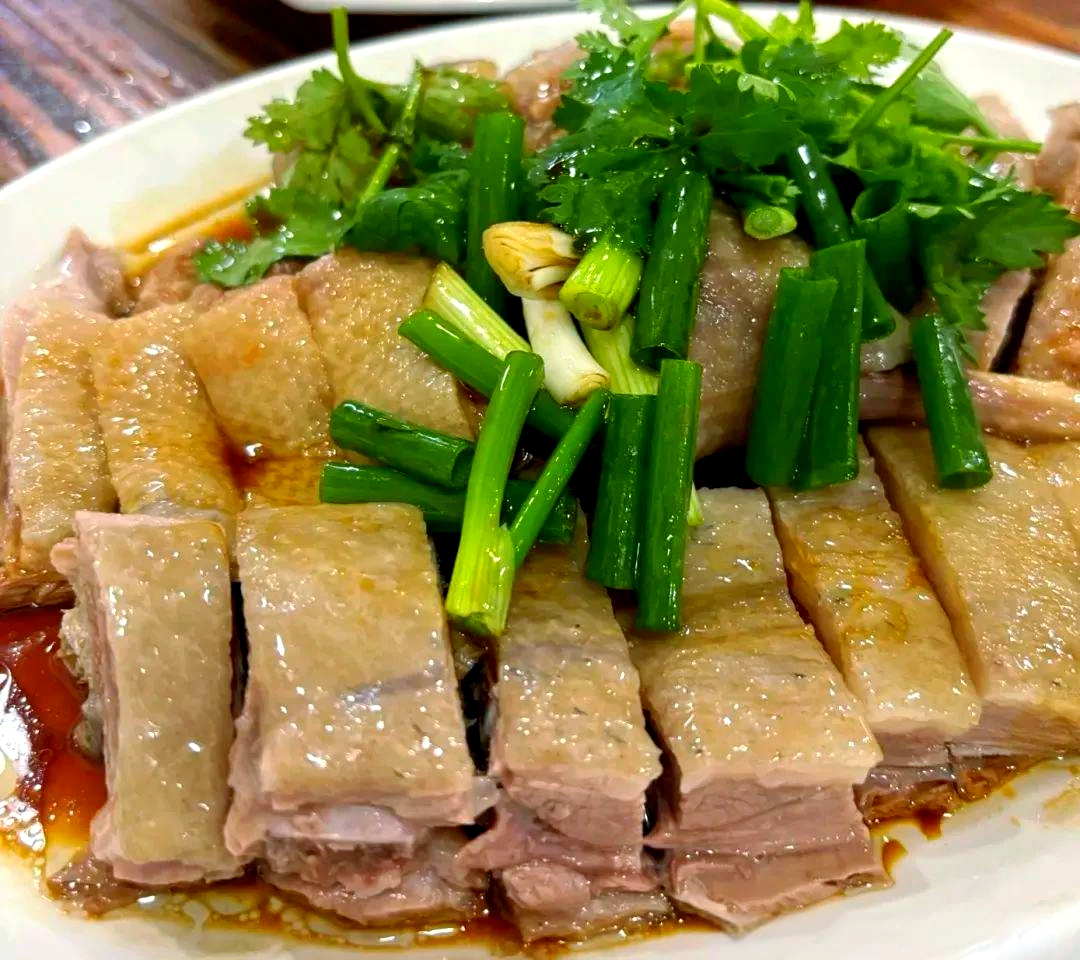The Art of Bo Bai Cut in Yulin, Guangxi: A Culinary Journey
As a food enthusiast and practitioner in the bustling culinary scene of Yulin City, Guangxi Zhuang Autonomous Region, I am thrilled to share the intricacies and charm of a local specialty that has captured the hearts and taste buds of many: the Bo Bai Cut.
Origin and Cultural Background:
The Bo Bai Cut, or “白切” in Chinese, is a traditional culinary technique that has been passed down through generations in the rural areas of Bo Bai, a county under the jurisdiction of Yulin. This method of food preparation is deeply rooted in the agricultural heritage of the region, reflecting the locals’ respect for the natural bounty of their land. The simplicity and purity of the Bo Bai Cut method pay homage to the cultural values of harmony and balance, where the true flavors of the ingredients are allowed to shine through without being overshadowed by heavy sauces or spices.
Ingredients and Preparation:
The essence of the Bo Bai Cut lies in its meticulous selection of ingredients. Freshness is paramount, with local farmers’ markets being the go-to source for the highest quality produce. The method typically involves poultry, such as chicken or duck, but can also extend to pork and other meats. The key to a successful Bo Bai Cut is the careful balance of cooking time and temperature, ensuring that the meat remains tender and juicy while the skin achieves a perfect crispness.
Taste and Texture:
The Bo Bai Cut offers a symphony of textures and flavors. The meat, cooked to perfection, is succulent and tender, melting in your mouth with each bite. The skin, on the other hand, is a delightful contrast—crisp and slightly chewy, providing a satisfying crunch that complements the softness within. The natural juices of the meat are preserved, offering a rich and savory taste that requires no additional seasoning.
Visual Description:
A beautifully prepared Bo Bai Cut is a sight to behold. The meat is presented whole, often adorned with a sprinkling of fresh herbs or a light drizzle of oil to enhance its natural shine. The skin, golden and glistening, is a testament to the precision of the cooking process. The dish is often served on a large platter, allowing each guest to appreciate the artistry of the dish before diving in.
Representative Dishes and Cuisines:
The Bo Bai Cut technique can be applied to a variety of dishes, with each one showcasing the versatility of this culinary tradition. A classic example is the Bo Bai Chicken, where the chicken is marinated with a simple blend of ginger, garlic, and a touch of rice wine before being cooked. Another popular dish is the Bo Bai Pork, which is often served with a side of pickled vegetables or a dipping sauce to add a tangy contrast to the rich flavors.
Culinary Characteristics:
The Bo Bai Cut is defined by its simplicity and purity. It is a culinary technique that celebrates the natural flavors of the ingredients, allowing them to speak for themselves without the need for elaborate garnishes or complex sauces. The result is a dish that is both humble and高贵, a true reflection of the culinary philosophy that less is more.
In conclusion, the Bo Bai Cut is more than just a method of food preparation; it is a culinary tradition that embodies the spirit of the people of Yulin. It is a testament to their love for the land and their dedication to preserving the flavors of their heritage. As a food practitioner, I am honored to be a part of this legacy, and I invite you to experience the Bo Bai Cut for yourself, to savor the flavors of a land and its people.
